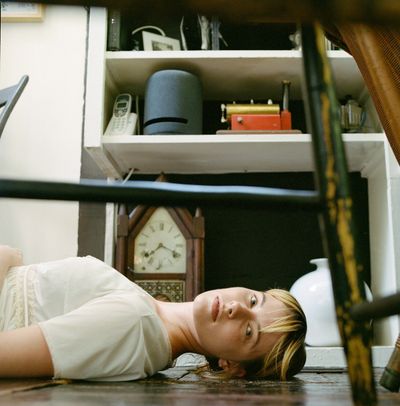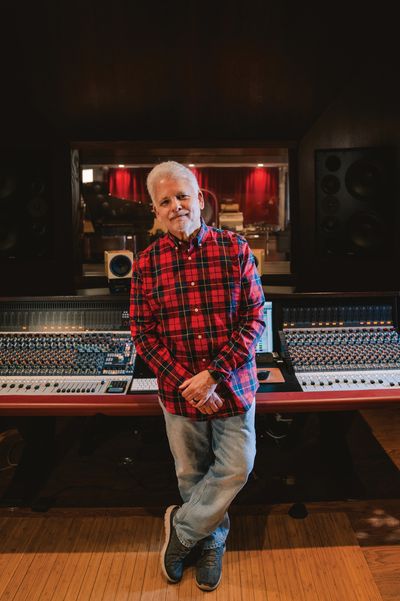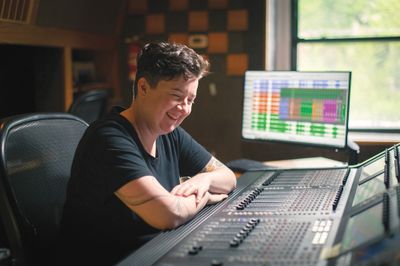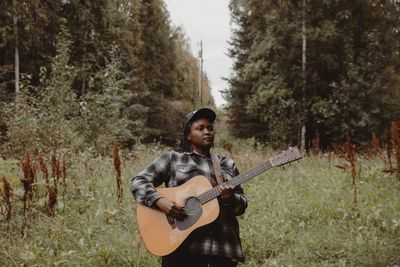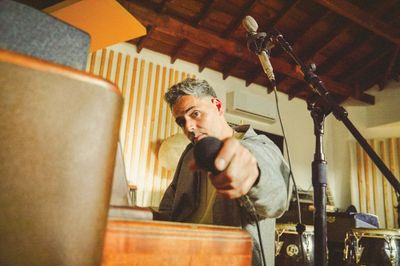At what point did you realize that you could modify a microphone and expect it to sound better than stock?
I worked for over 14 years as an "empirical engineer" for David Blackmer, the founder of dbx and later Earthworks. David was a brilliant guy who would sketch out rough drafts of circuits intended for "reduction to engineering practice" as it is called. So my experience in professional audio product design was one of being a tweaker — test, measure, change, repeat to squeeze every last dB and Hz of performance out of a circuit. Besides the compressor/limiter and surround sound circuits that were my specialty, David and I worked on a number of loudspeaker systems for cinema use. His KT-90 subwoofer was the original, reference standard subwoofer installed at LucasFilm's Skywalker Ranch Stag Theater and became the foundation of the THX loudspeaker system. I did some work on the second generation of the subwoofer and a line of high efficiency surround and stage loudspeakers. The basic acoustical/electrical issues involved in the loudspeaker transducer can be applied in miniature to microphones. So by the time the affordable Oktava MK-219 appeared with that nearly impenetrable grille, I already had a bit of experience with acoustical transducers and circuits.
What first drew you to Oktava mics?
The price! $550 for a large diaphragm condenser mic in 1994 was cheap! Plus there had been a couple of pretty positive reviews in the European pro audio press that made it seem like Oktava would be worth checking out. Even before I owned my first one I just loved the idea of the history of this company, toiling away making products for domestic Soviet use. I love the rough and ready finish of the 219 that is totally at odds with the refined sound it is capable of — a beast with a heart of beauty.
What was your first successful modification?
The 219 headbasket mod was the first successful mic mod I did.
Which mod makes you proudest?
The OktavaMod MK-319 Floating Dome PE is kind of special to me. Before this, I had never seen a large diaphragm condenser mic with a 360 lateral degree headbasket — no side supports to cause internal reflections. So that headbasket mod combined with the other acoustical mods and Premium Electronics upgrade creates quite a good price/performance value in my opinion.
What do you know about the city of Tula, where the Oktava factory is?
I believe that Tula and its people, because of their particular history and actions, leave a certain psychic imprint on Oktava microphones that is in part responsible for their sound. There is a psychic confluence of 800 years of weapons-related metallurgy and a simultaneous desire for peaceful pleasures of tea [Tula, home of the samovar] and spice cookies. At a practical level, we're talking about an electronics factory that has been making transducers since 1927, so that more recent history gets poured into their products as well.
Are there other "Tulas" in the world? Do you see hope for other "future classics"?
Objectively, it would seem that the possibility exists. I would look in geographic areas that have a long tradition of near-alchemical work — populations who have been involved in the transmutation of materials form one form to another for a long time, cultures where brass, bronze and iron bells are plentiful, as well as a more recent interest in 20th century electronics. Somewhere in Japan and China perhaps? Once the Chinese manufacturers go beyond copying Neumann capsule designs and connect with their own psychic pasts, then they may develop products that people respond to with the kind of affection that has been directed toward Oktava's mics.
At what point did you realize that this could be a viable business?
There were a couple of inflection points. I started by offering a modification service on eBay. I wanted to build a transaction track record that would put people at ease about sending their mic across the country to someone they didn't know. The eBay rating system helped me do that. So the first proof-of-concept test was putting up an eBay ad and then making a few sales. After I did a handful of mods that way and got some good feedback, I figured the concept resonated with the marketplace. The next challenge would be to scale up. After about year it looked like OktavaMod could be a real business that might offer me the chance to work 18 hours a day and pay the bills associated with life in a low overhead city — would have been tougher to start this in Cambridge, where I was before moving to Springfield, MA.
How has Oktava responded to all of this?
Surprisingly supportive, never a negative comment. But I've always positioned what I do with Oktava mics as "different" flavors of the stock mics I'm crazy about. I think they sense that I'm a real brand advocate. And even though I have my own OktavaMod versions of their mics, the brand is getting burnished along the way. Oktava-Online, run by Denis and Natalia Kuzmenko, contacted me about becoming an Oktava dealer and selling my modded mics through them for the European market. Denis is the son of the technical director of Oktava in Tula and worked for four years at the factory. I've got an excellent business and technical relationship with Denis and Natalia, and through them a good line of communication to Oktava in Tula.
Who do you see as your primary clientele? How does that motivate you?
In the beginning I think my earliest customers were bargain hunters who bought Oktava mics during the great Guitar Center blowout. Over time as I got some A/B samples online and some solid testimonials, I started seeing some "name" artists and producers sending me their mics as well. So now it's a mix of young bedroom recordists looking to buy or improve their first mic all the way up to guys like Adam Lasus or Damian Taylor to name just a couple. My motivation is the same with either customer: I treat everyone the same — I try to respond quickly, match the style of my answers to the style of the questions and modify every mic to the best of my ability, no matter who purchased the mod. This is a very liberating strategy because I don't play up or down to anyone — seems to make folks at all levels of the professional spectrum comfortable.
Any interesting surprises waiting around the corner?
I wish I had time to finish metalwork parts for my 319 bottle mod. I'd love to do a tube mod for some of the Oktava mics as well. I'm working on a project with a client studio in New Delhi. We think it will be possible to use OktavaMod mics to emulate the long-term spectral response of a couple of highly regarded Neumann mics. This project is driven by the needs of the Indian audio market to have great sound, but also have really affordable equipment. The Neumann M 149 is a favorite VO mic there. We've had some initial successes emulating it and I think we can get close enough that many studios will jump at a chance to buy a mic that will give them 95% of what they're used to for 10% of the price they're used to paying. And India is a big audio market.
